Do Not Disturb! Pollinators Tucked-In for the Winter!
Did you know that many pollinators hibernate in leaf litter and the hollow stems of dormant plants for the winter? While many of us are growing more sensitive to the plight of the pollinators, mindfully incorporating pollinator-friendly plants into our gardens in the spring and resisting the urge to use pesticides in our gardens all summer, we are unwittingly undoing our hard work and good intentions when we clear away the leaf litter and standing dead plant material in the fall!
What? You mean I am killing off the very pollinators that I “cultivated” all summer? Yep. Ouch!
The survival of queen bees, moths, butterflies, snails, spiders and many arthropods depend on nature’s dormant ecosystem during the winter months. When we rake, mow, and blow away the leaf cover we are interrupting the lifecycle of these critters, as well as that of birds and other animals that rely on them for sustenance.
The Turf Rules!
There are an estimated 40 million acres of lawn in the United States. The suburban lifestyle has dictated, for decades, that we strive for a neat, tidy yard, comprised largely of turf. This practice has hindered the natural ecosystem as it has become the automatic practice of suburban homeowners to add chemicals to their landscapes to keep the weeds at bay. Chemicals have degraded the quality of our water sources via run-off from the lawns. And the watering of lawns uses a lot of, well, water! And then when summer is over we begin to battle leaf “litter” on the lawns!
I am equally guilty of these lawn practices as the next guy (or gal!), but I am here to learn! I have begun to research alternate ground cover material in order to reduce the lawn coverage on our lot.
But I digress.
Natural, Free Mulch!
Last year’s autumn season was the first time I resisted the urge to tidy op my dormant bee & butterfly garden. I left tangled masses of dormant plant stems standing all winter, and I left the leaf litter in the garden bed. I now know that bees where nesting in those hollowed out dormant plant stems, and butterfly larvae were wintering in the blanket of leaves.
I have to say that, subsequently, this spring’s garden outperformed its past self (in previous seasons following an autumn garden clean-up)! My garden contains perennial lantana, firecracker (cigar) plant, and Shasta daisies. They came back this past spring in their usual fashion, but oh-my-goodness did they grow like gangbusters! It seems the natural leaf mulch did the trick for the plants!
End of Spring Cleanup
Take a look at this photo of the end-of-spring, dormant bee & butterfly garden as I began to cut away the hollow stems and clean up the garden in anticipation of the flowering perennials soon to emerge. On the left you can see the tall, tangled stems of dormant lantana, where bees nested through the winter. On the right I have just cleared the tangle of stems, but you can see the leaf litter that tucked in the butterfly larvae all winter…
As to leaving the leaves in the rest of the yard, I had heard that leaf litter is the best mulch around, and that a few inches of it is good for the planting beds at the perimeter of the lawn, but up until this year I just couldn’t muster the gumption to let-it-be, all of it, everywhere!
As for the Lawn
I understand that a few inches of leaf buildup may be too much, so if you must clear, please use a rake, and transfer the leaves to a bed or compost pile. If you pick them up with a mower and cut them up you will be eradicating the critters hibernating there!
Your Neighbors May Think You’re Crazy, or Just Plain Lazy!
As a society of suburban dwellers, we are conditioned to want the autumn landscape to be cleaned up! And we cringe at the thought of our neighbors judging us and assuming we’re lazy and inconsiderate (you know we expect each other to keep our yards up to snuff in classic the suburban style!)…
But when I learned about the pollinators and their friends depending on the leaf cover to carry out their tiny lifecycles through the winter, I stopped dead in my tracks. Neighbor judgment be damned!
Perhaps you’ll feel less constrained by neighborhood “pressure” if your neighbors are aware of your deliberate action to promote a healthy pollinator habitat. Click this link to receive this sign as a gift for making a donation to the Xerces Society.
When is it Safe to Clean Up Leaves?
After my husband I agreed to let all of the leaves be this winter, the next question became, “But when will it be safe to remove the leaves from the lawn and hardscapes?”
The answer varies, depending on the climate where you reside, but it is apparently best to wait till May! I know it will be hard to resist the temptation to clear the garden, cut down the stalks and begin planting at the first sign of spring, but wait I shall!
Here is a practical guide to timing the wait/cleanup.
Bottom Line
Don’t carry all those butterflies and bees to the curb after you’ve worked so hard to attract them and sustain them!
Learn more about the importance of leaving the leaves.
For more information on pollinators go to Xerces.org

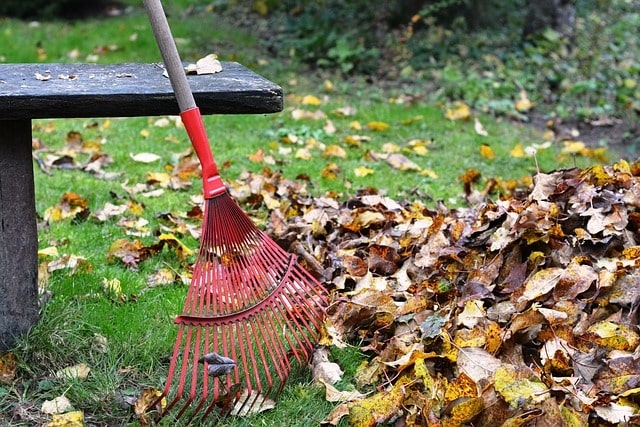
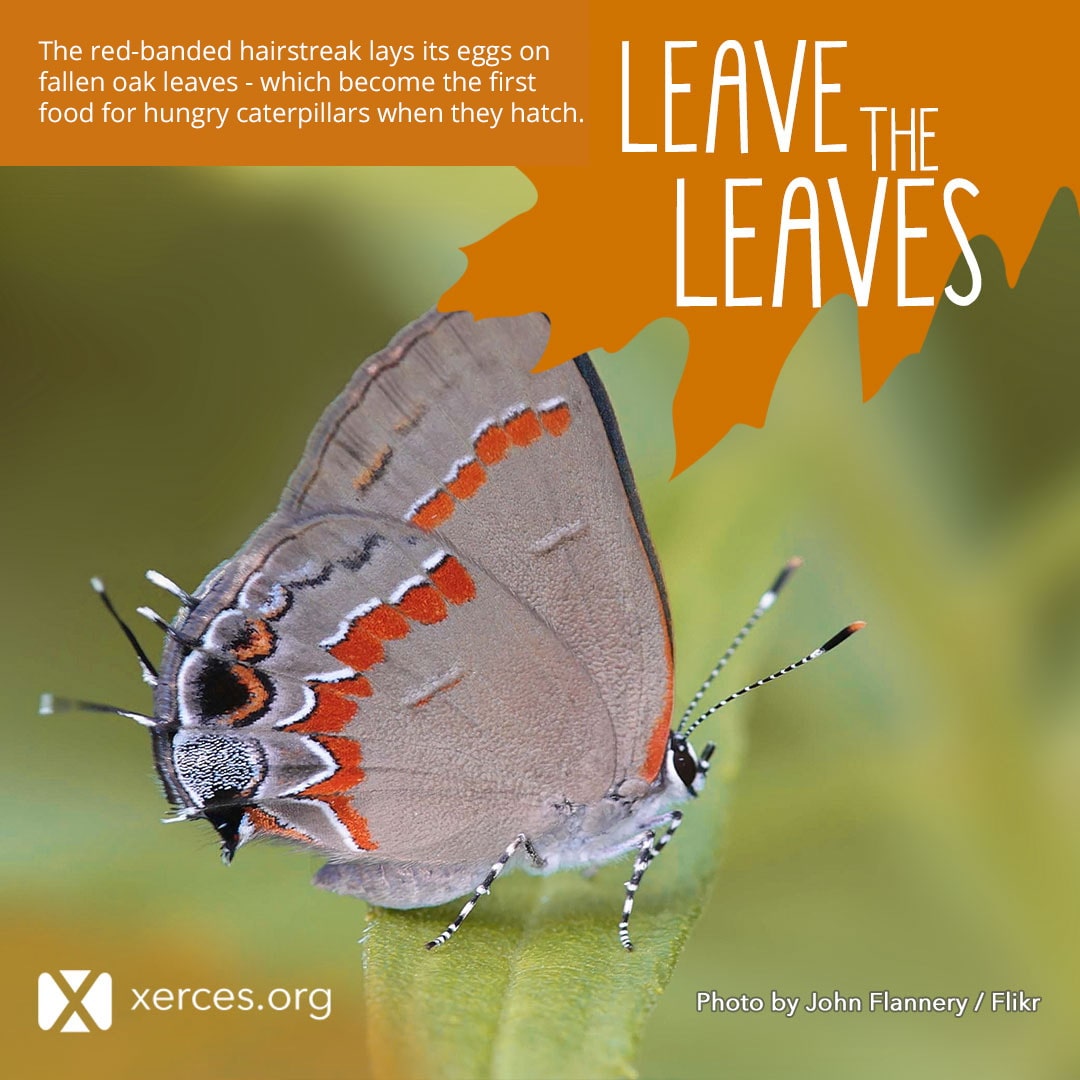
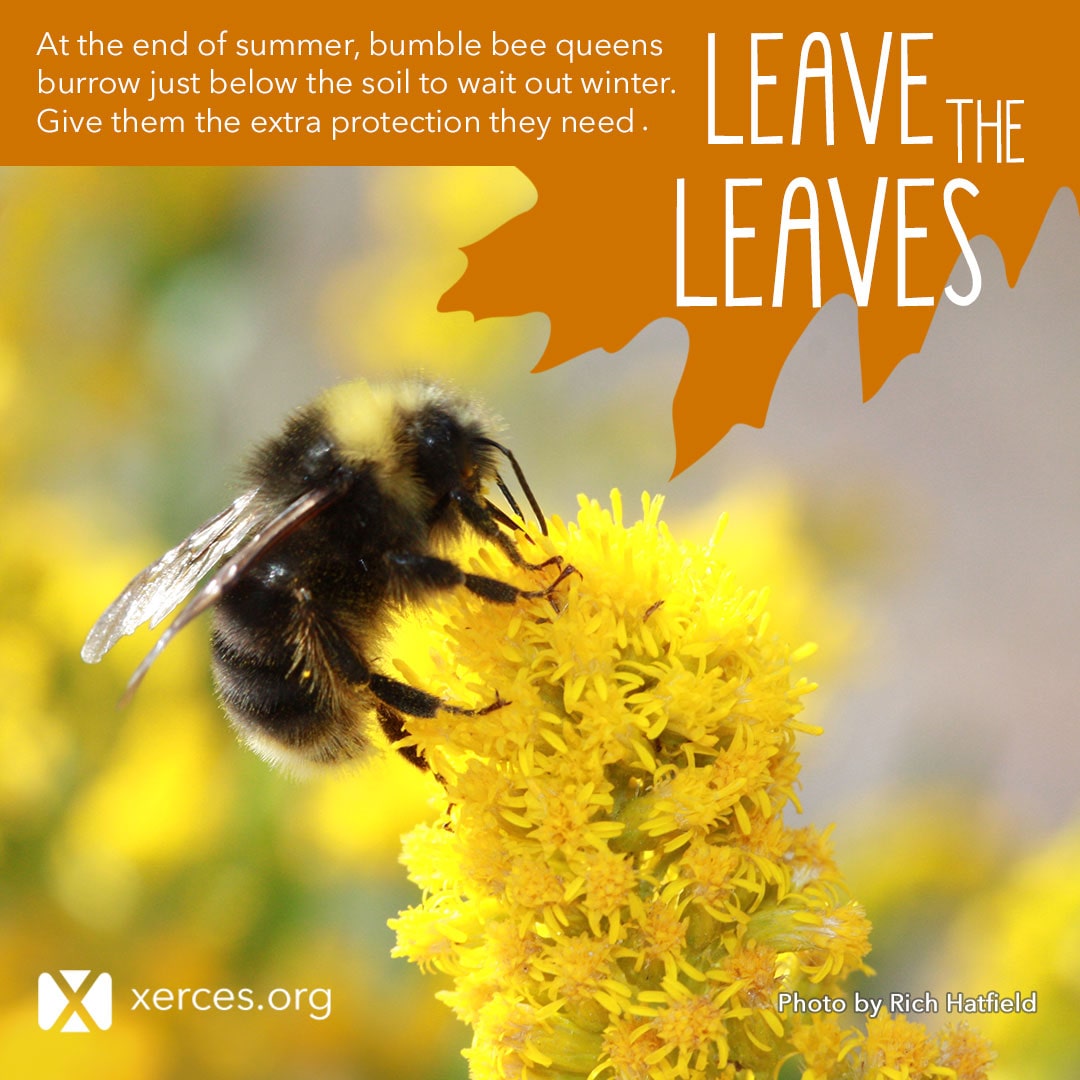
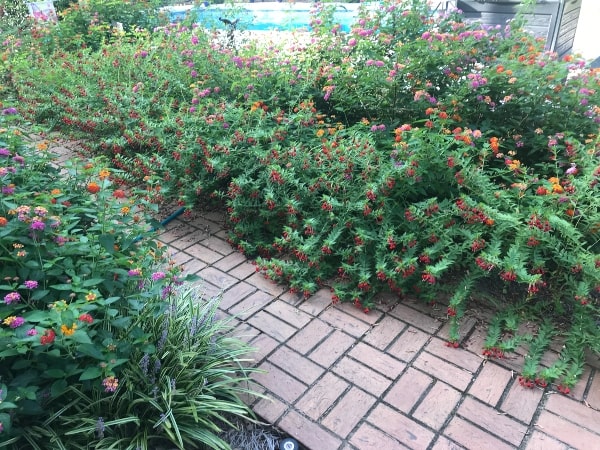
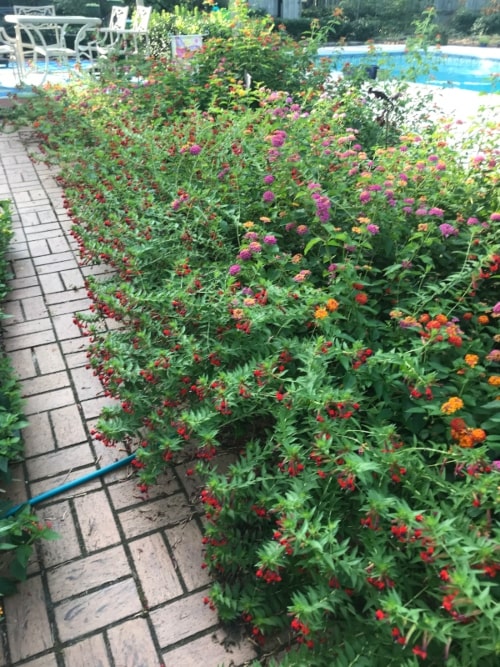
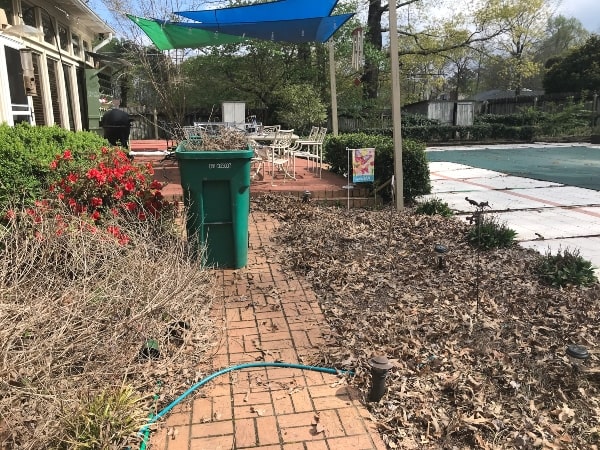
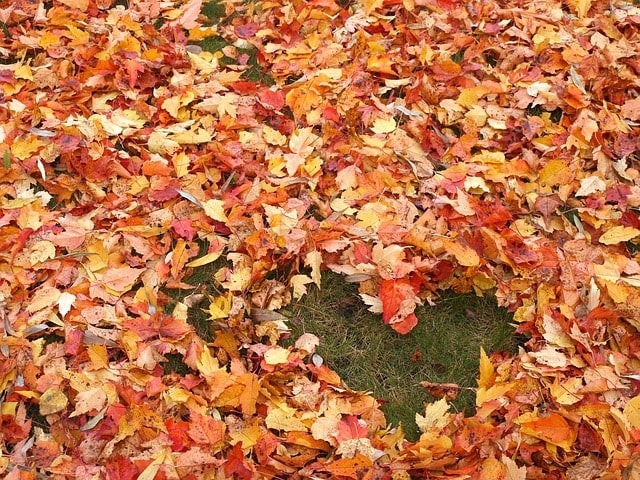
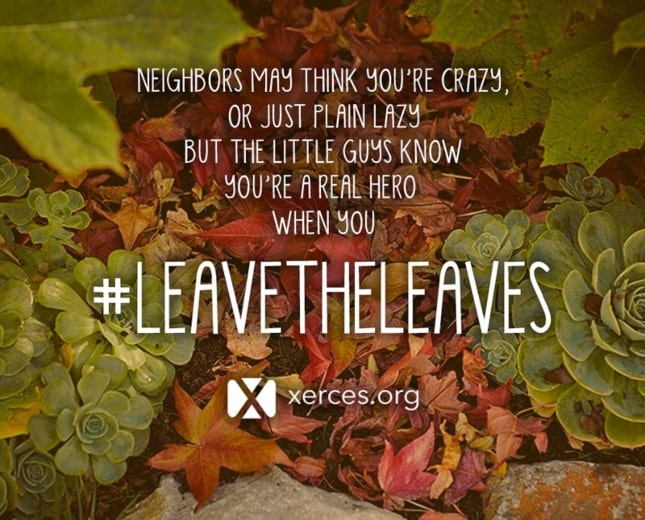
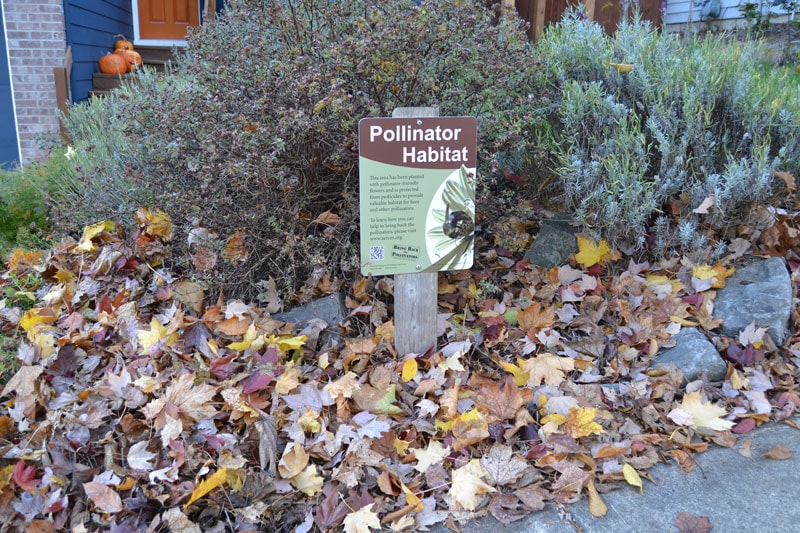
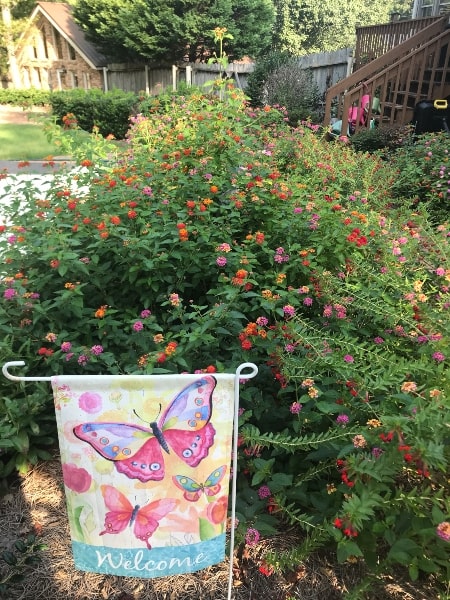
Well now! Who knew that leaves contribute to the life cycle of insects?! I’m sure many husbands on my Facebook Page will be happy when they read this1
Ha, ha! I know!
Very interesting topic! I have not read about this anywhere else. Thank you for sharing with us!
A great idea, and it means less work and more time to enjoy the fall. We had our first frost this morning. Hope the small critters are safe in all that litter!
They’re all tucked in like bugs in a rug!